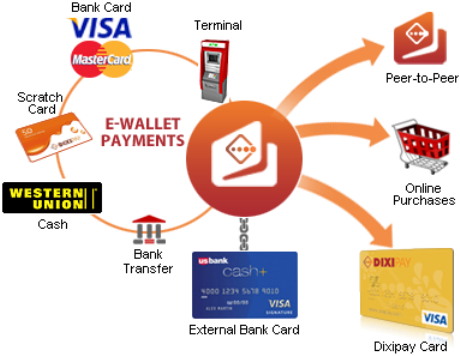Payment Account

A Payment Account is a term that can refer to different financial tracking mechanisms depending on the context. Generally, it is related to tracking the outflow of cash or cash equivalents. Here are the different interpretations of a Payment Account:
In the context of non-profit organizations, clubs, and societies, a Payment Account refers to the section of a Receipt and Payment Account that lists all cash outflows or payments during a specific period. This section includes:
Nature:
Types of Payments:
In a general ledger, a Payment Account may refer to specific accounts used to track different types of cash payments. Examples include:
Expense Accounts:
Accounts Payable:
A Cash Payments Journal (or Cash Disbursements Journal) is a specialized accounting journal used to record all payments made by a business. This is often what is meant when referring informally to a payment account. Key features include:
Date of Payment:
Description:
Amount:
Account Debited:
Here are some example entries for a cash payments journal or payment account:
Payment to Supplier:
Salary Payment:
Utility Payment:
Regular reconciliation of payment accounts with bank statements is crucial to ensure accuracy and detect any discrepancies or fraudulent activities. Proper documentation and recording of payments help in:
Budgeting:
Financial Reporting:
Compliance:
In summary, a Payment Account, whether as part of a Receipt and Payment Account, a specific ledger account, or a cash payments journal, is vital for tracking the outflow of cash and maintaining financial discipline within an organization.
Thank you,